Nothing freaks me out more than bottomless lakes. I always feel like something is going to grab me by the ankle and suck me into its abyss. So here is a story about a weird and terrifying lake in Russia, along with some stunning photos of its mysterious depths.
Photos: Viktor Lyagushkin
Written by: Yohani Kamarudin
The water is serene but deathly cold – and danger lurks beneath its surface. Yet, in the aquatic depths the promise of discovering hidden underwater caves and relics of our past awaits. Here, beauty and allure belie risks – but risks that some are prepared to take.
“A sapphire in a ring of green trees.” That’s how this stunning lake has been described. Even on overcast days, the water has a deep, crystal blue color like the gemstone to which it has been compared.
But there is much more than splendor to this lake. Beneath its smooth surface lie mysteries as yet unsolved. And some of these are secrets that the lake will not easily give up; at least, not if the recent tragic death of one diving explorer and the hospitalization of another are read as telltale signs.

Blue Lake, or Lake Goluboe, to give it its native name, has remained relatively unexplored, possibly because of its remote location in Mother Russia. It is situated up in the Caucasus Mountains of southern Russia, in the republic of Kabardino-Balkaria.
At present, Lake Goluboe is thought to be the third largest karst source on Earth, and the second biggest in Europe. The lake is a staggering 258 meters (846 ft) deep – which also makes it one of the world’s deepest karst lakes – as well as approximately 235 meters (771 ft) long and 130 meters (427 ft) wide.
The water’s striking blue color has, in legend, been attributed to the lakebed being covered by lazurite – a mineral seen in deep blue ornamental crystals – but in fact it results from the chemical composition of the water itself. Hydrogen sulphide gives the lake its brilliant blue hue, as well as a distinctive smell that isn’t exactly pleasant. In the local Blakar language, the lake’s name translates as “odoriferous”.
If the strange smell wasn’t enough to keep casual swimmers out of Lake Goluboe’s waters, there’s also the temperature – a bracingly chilly 9° Celsius (48° Fahrenheit) year-round. Yet, while such coldness might not be ideal for a leisurely dip, it creates an exceptional environment for one purpose: preservation.
Among the discoveries divers exploring the lake hope to make are archaeological artifacts preserved in its frigid waters. According to various sources, there may be all kinds of treasures waiting to be found. For one, the lake is located close to an ancient caravan route, and more recently it is rumored to have been a disposal site for military hardware and even trucks carrying wine during World War II.
Old artifacts and aged wine aside, there is another potential discovery that draws divers to the lake. Tests carried out on Goluboe’s waters have revealed the presence of high quantities of dissolved gypsum. As much as 30 to 50 cubic meters of the soft sulfate mineral is carried from the lake into a river that it feeds each day, according to Igor Galaida, director of research center, Goluboe Ozero.
So where does all this gypsum come from? “The presence of a large amount of dissolved substances is a sign that when water passes through earth substance, in this case gypsum plaster, it forms cavities by dissolving it,” explains Galaida. “This means that there should be a long cave beneath the lake’s floor.”
If indeed there is a cave system beneath Lake Goluboe – and it seems highly likely – it would be an incredibly exciting find for underwater explorers. Especially since the network may turn out to be one of the largest on Earth. This is one of the incentives behind the “Blue Lake Awareness Project,” a research initiative in which Igor Galaida and photographer Viktor Lyagushkin (who took these incredible pictures) participated, alongside many others, including divers Martin Robson and Andrei Rodionov.
Martin Robson is an experienced British technical diver. His Russian support diver Andrei Rodionov was also well practiced in his chosen pursuit. Nobody anticipated that their dives as part of the Blue Lake Awareness Project would lead to such unfortunate – and in the case of Rodionov, fatal – outcomes.
Technical diving, as opposed to regular scuba diving, involves going to greater depths, for longer durations, and in situations of heightened risk. Technical divers require rigorous training, specialized equipment and extensive experience. Often, they also breathe different gases than those used by ordinary recreational divers.
Tragedy struck on January 13, 2012, when Andrei Rodionov made one of the initial dives to investigate Lake Goluboe’s depths. Drowning was given as the cause of his death, the result of Rodionov losing consciousness due to lack of oxygen, which was blamed on a faulty rebreather.
A few days later, Martin Robson was himself rushed to the hospital and placed in intensive care after a record-breaking dive of 209 meters (686 ft) resulted in decompression sickness. He has fortunately since recovered.
That two such experienced divers should experience fatal and life-threatening accidents while on technical dives illustrates the very real dangers of this activity. While the other participants of the Blue Lake Awareness Project were understandably shocked and saddened by the death of Rodionov, they decided to continue with the research in memory of their departed team member, and so they would have something to show for the loss.
Apart from studying the lake itself, the project was also aimed at increasing the general knowledge of people within Russia and abroad about the country’s unique and lesser known natural features. “We decided to talk about Blue Lake with the help of photographs and texts, to expand the way people think about the unique underwater objects,” says photographer Viktor Lyagushkin.
While shooting in the lake, Lyagushkin reached depths of 60 meters (197 ft), but he captured most of his images at between 30 and 40 meters (98 and 131 ft). “The main idea was to show the beauty of technical diving,” he says, adding that that the lake’s appearance varied at different depths, from an algae-covered bottom, to cliffs and bending rock formations.
You may have noticed that some of the people in these photographs are wearing costumes. There’s a reason for that. “[These are] Balkar [a people of the Caucasus region] national costumes, symbolizing the spirit of the lake,” Lyagushkin reveals. “In general, materials for [a] future book.”
Igor Galaida would like to see Lake Goluboe become the tourist destination it was during the Soviet era, when hundreds of people would come here to enjoy the fresh air and beautiful scenery. “There is no better place on Earth than Lake Goluboe,” he says. “I realized this ten years ago and believe that all the others will be of the same opinion when they see the lake.”
“The problem is that this unique natural object was not explored at all – we know almost nothing about it,” says Lyagushkin. “The aim of the project was to make scientists pay attention to this lake and to make them start researching it. We wanted people to understand that this is not a puddle, but an unknown and wonderful world under the water.”
For now, the lake still holds many mysteries, yet to be revealed. Who knows when we will ever discover what lies in its murky depths? In the meantime, however, we can admire the beauty of this watery environment through photographs like those taken Viktor Lyagushkin; though of course we also keep in mind the danger such lakes can hold for people, not least divers.



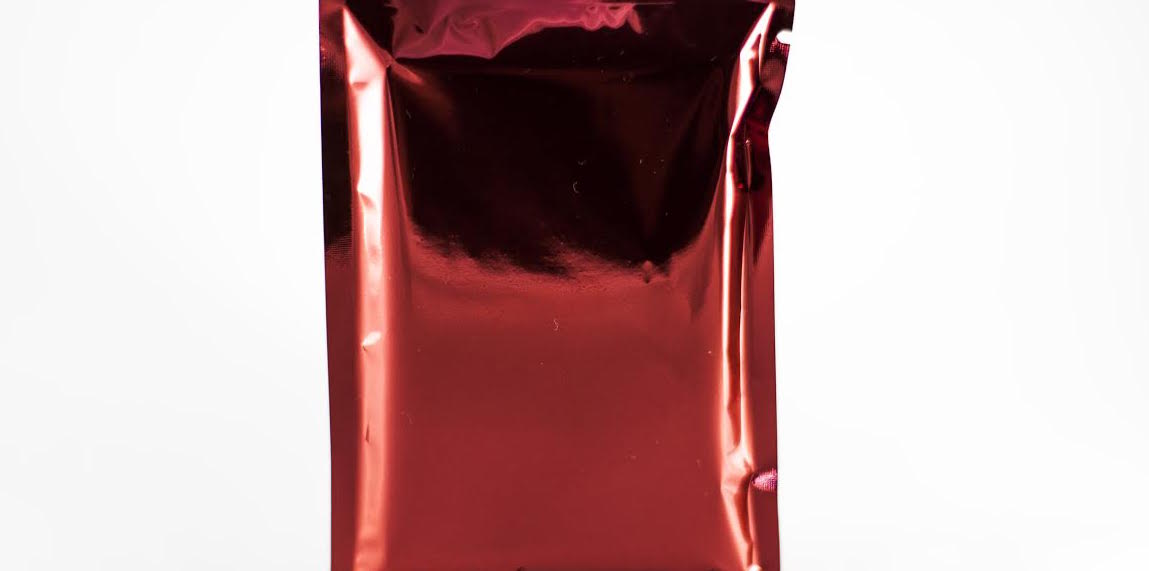




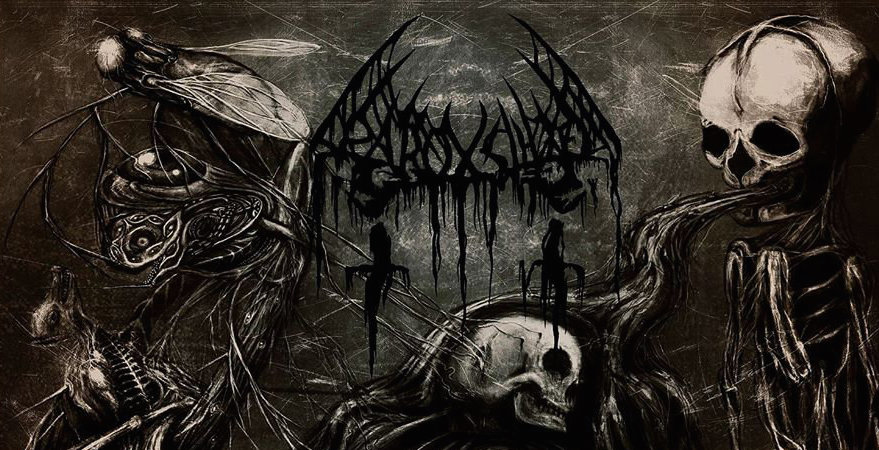
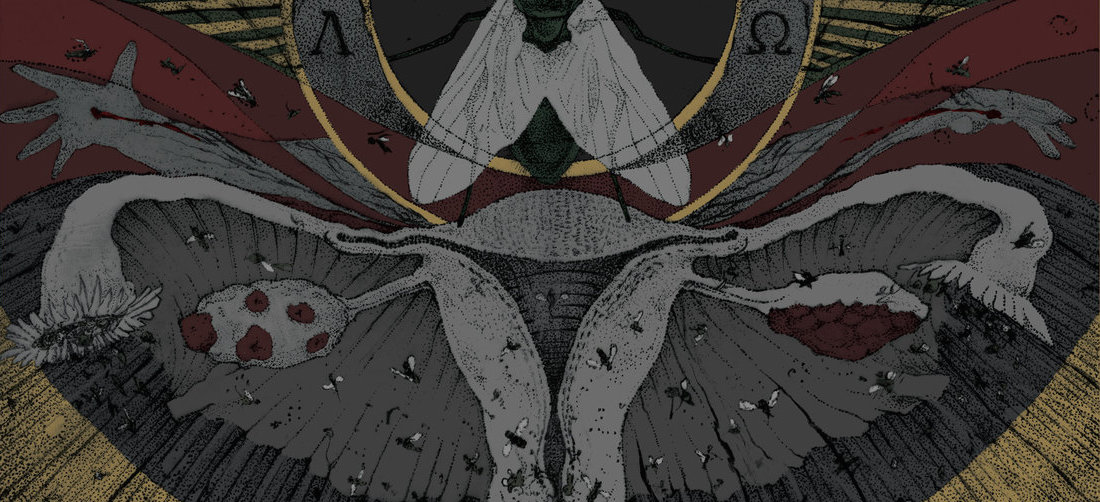


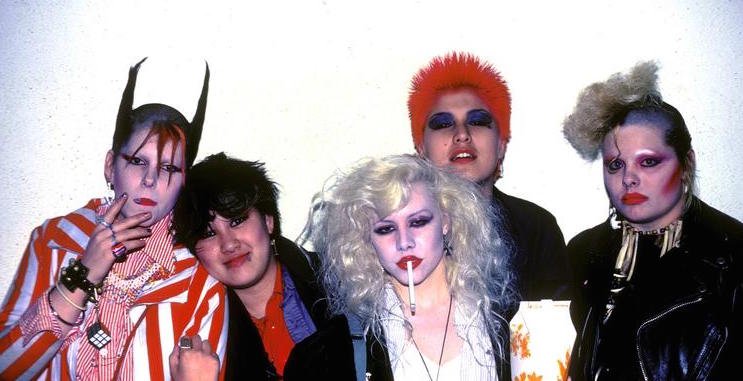
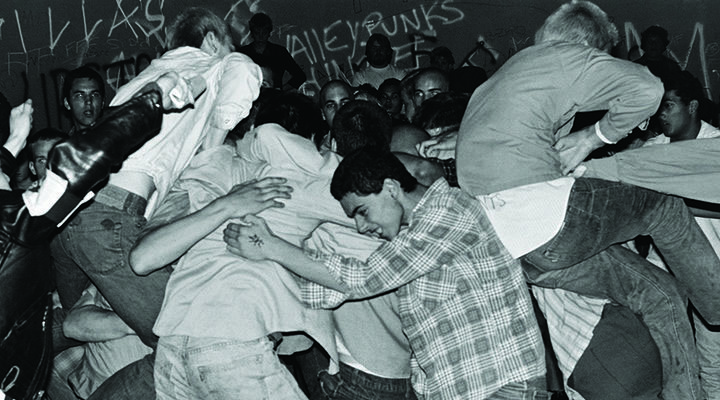





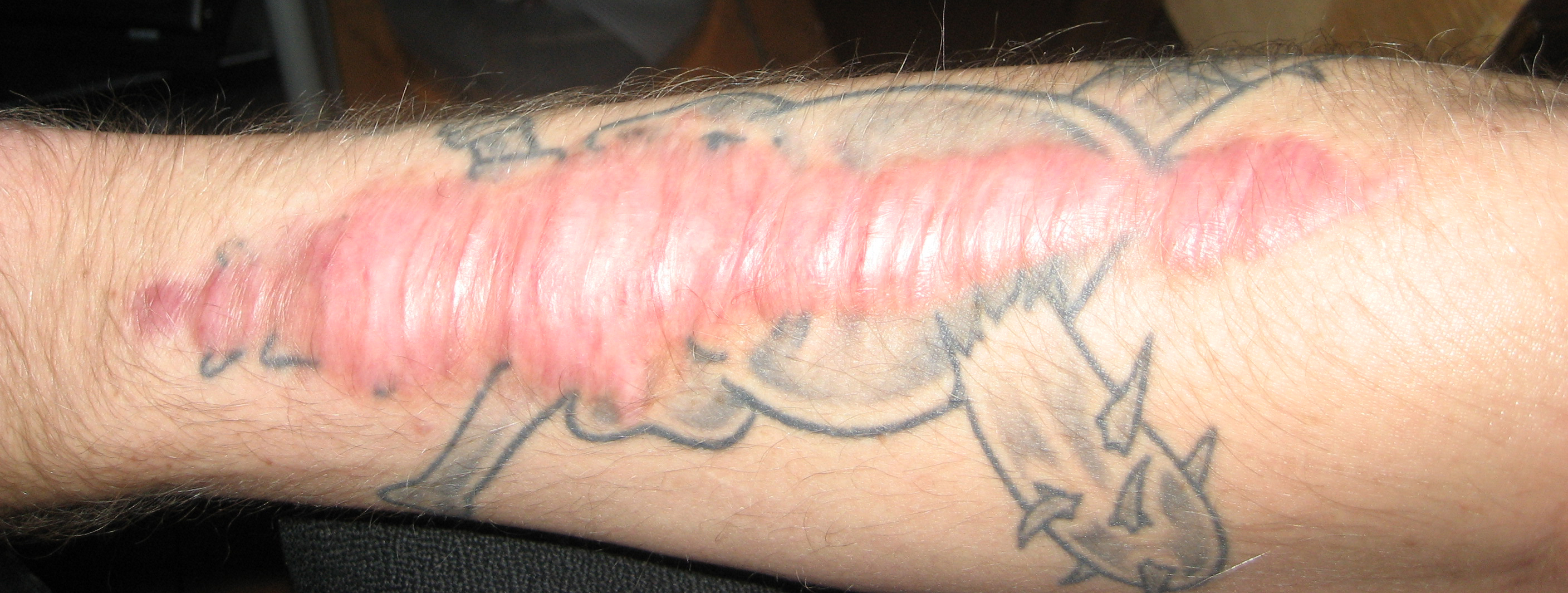
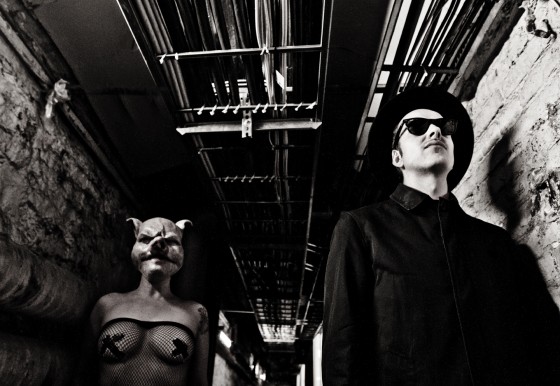
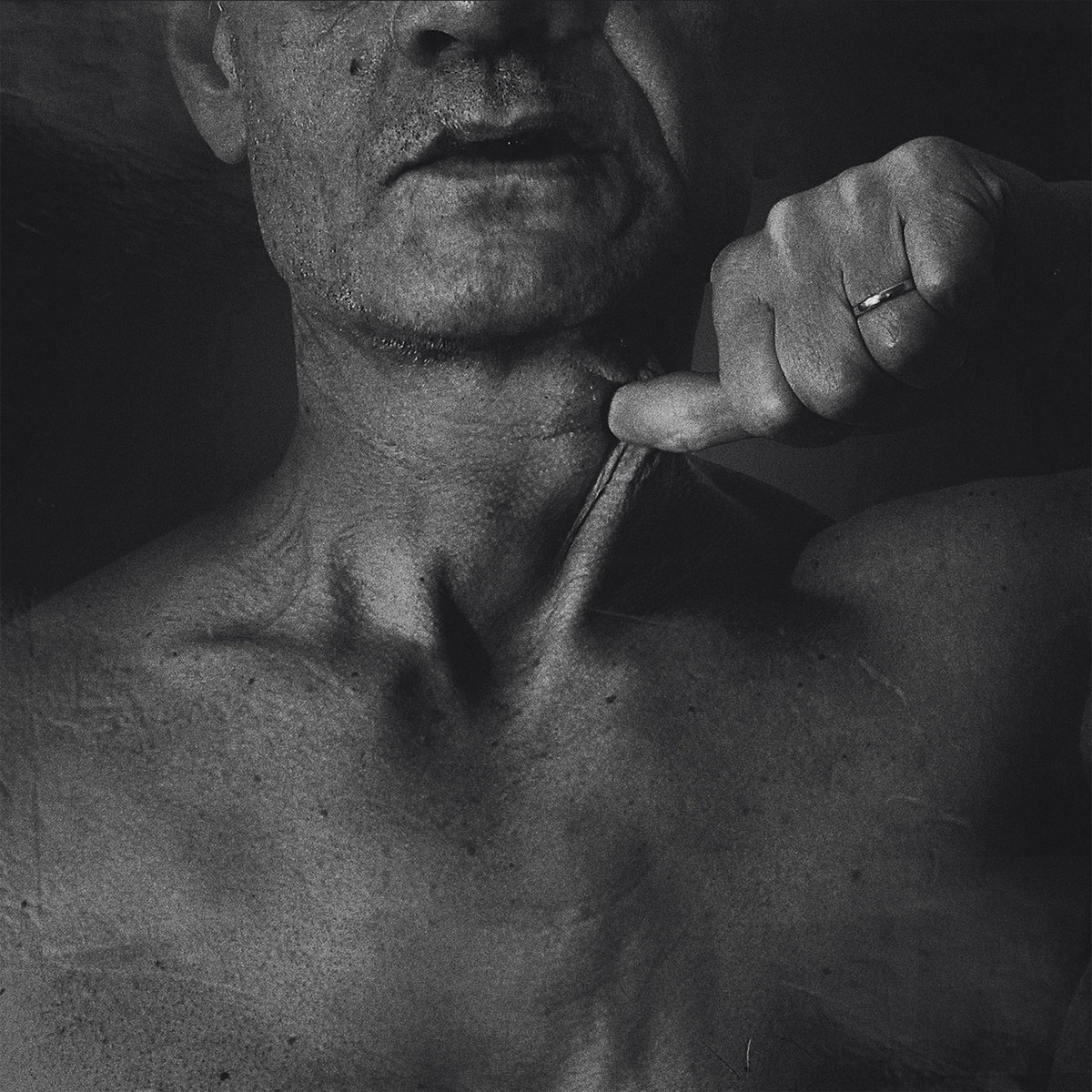

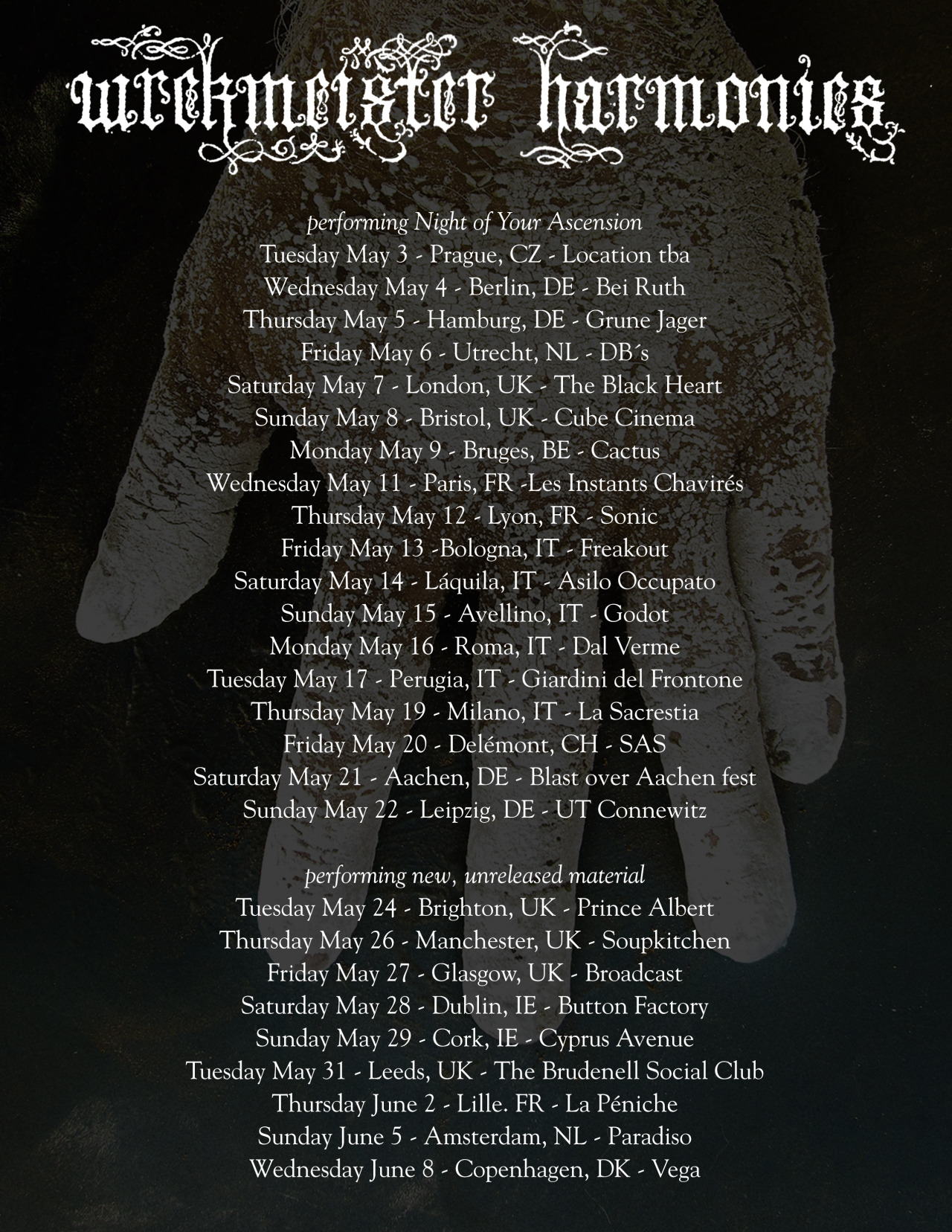
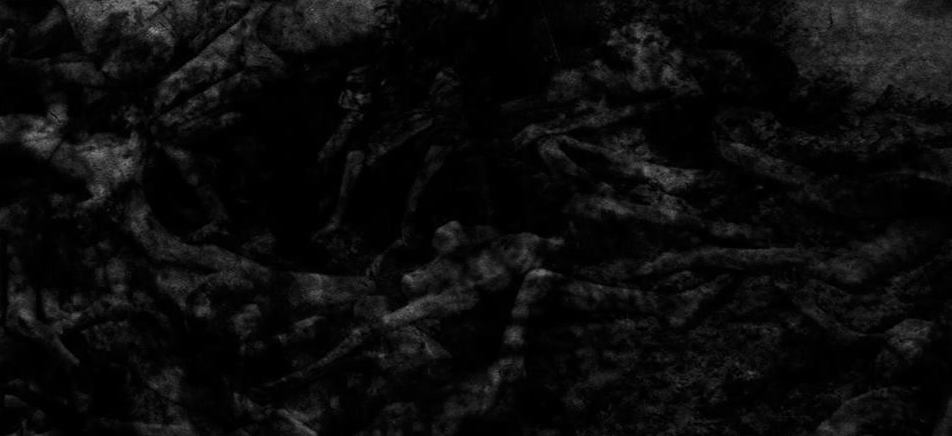

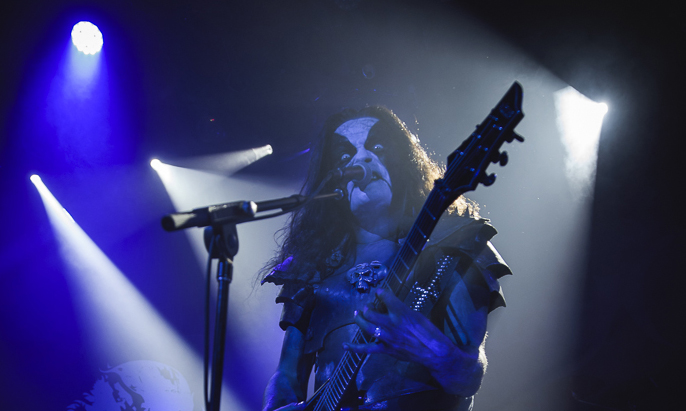



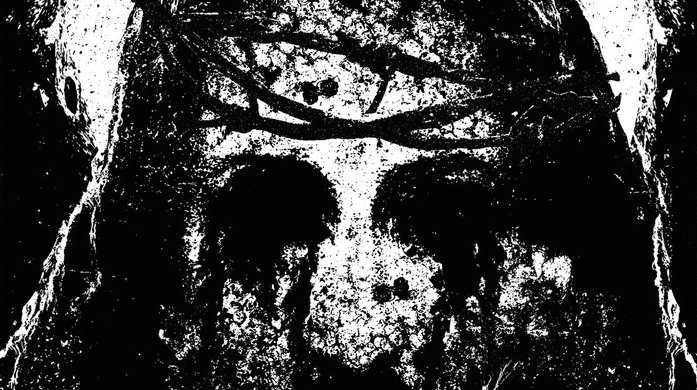
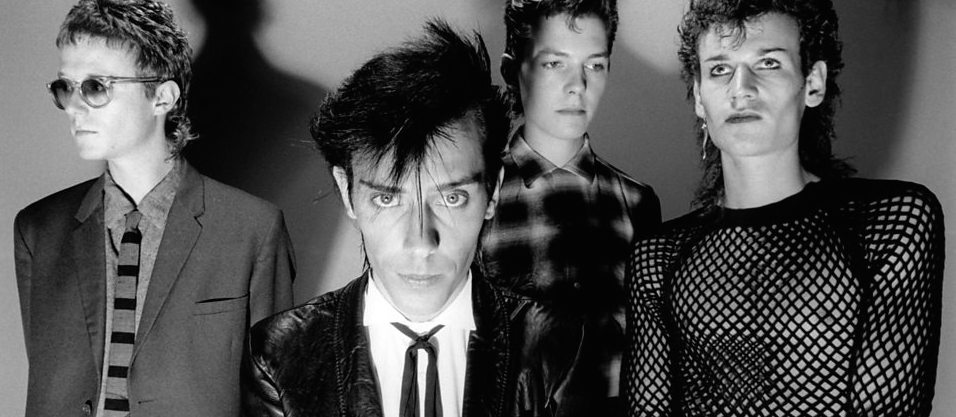






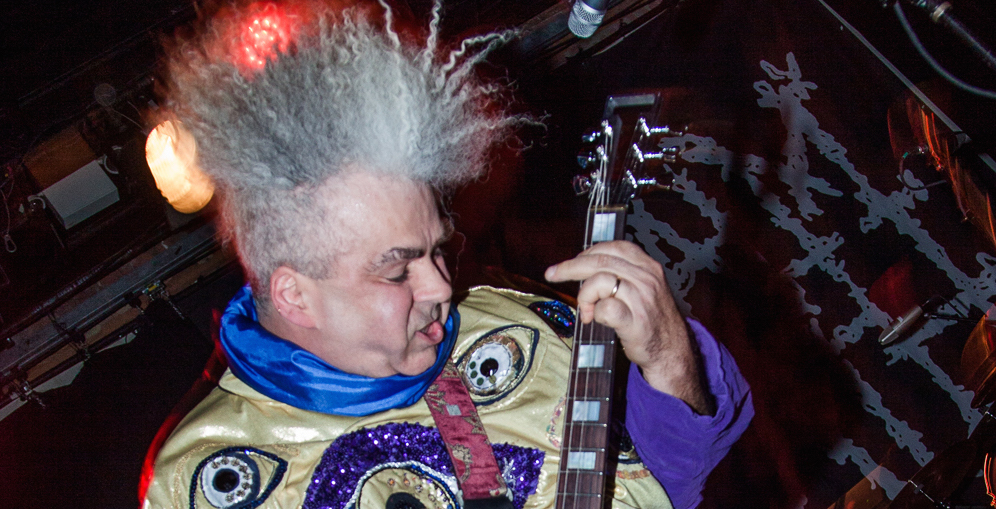

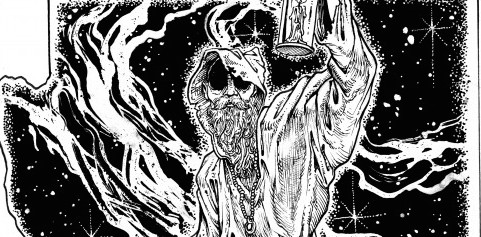
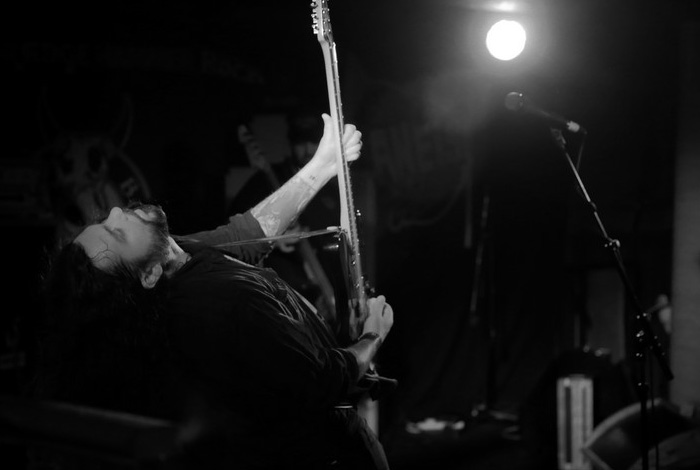


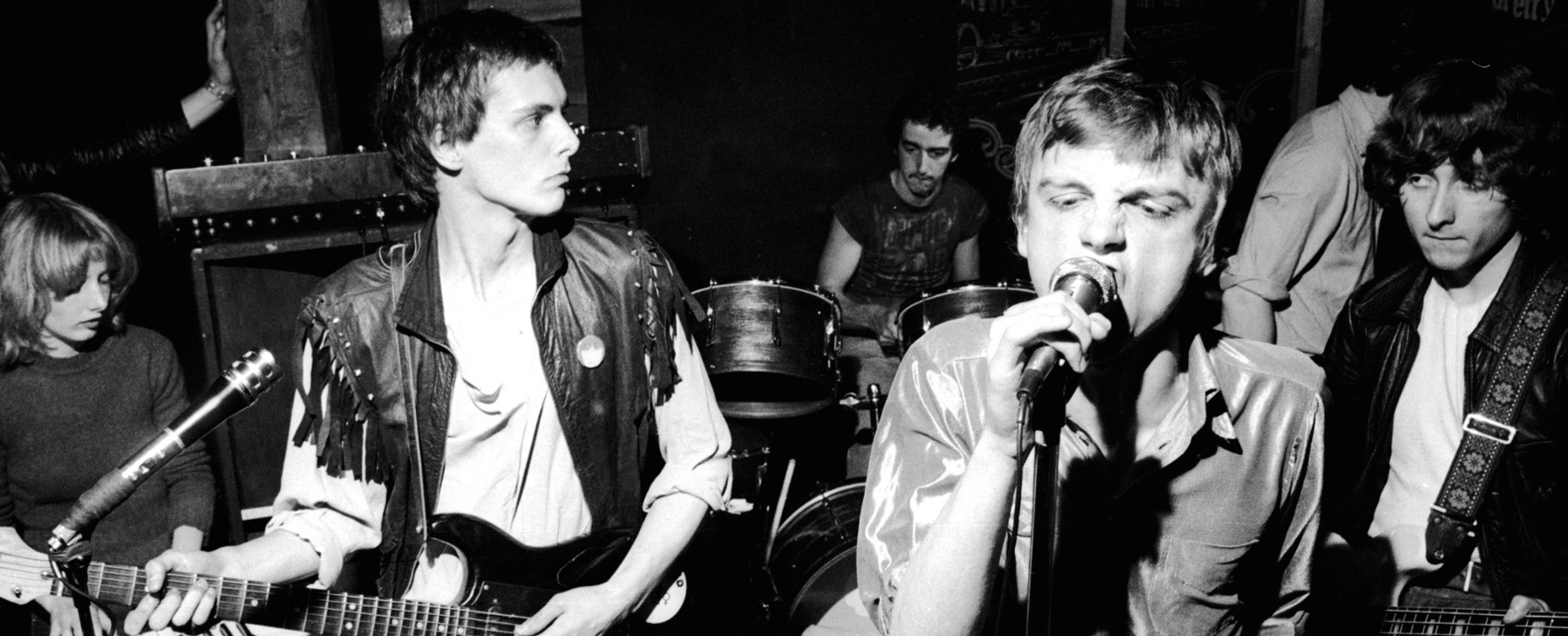
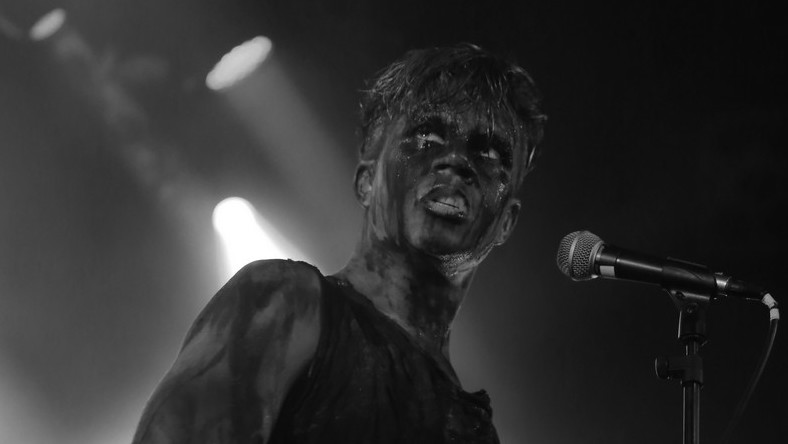
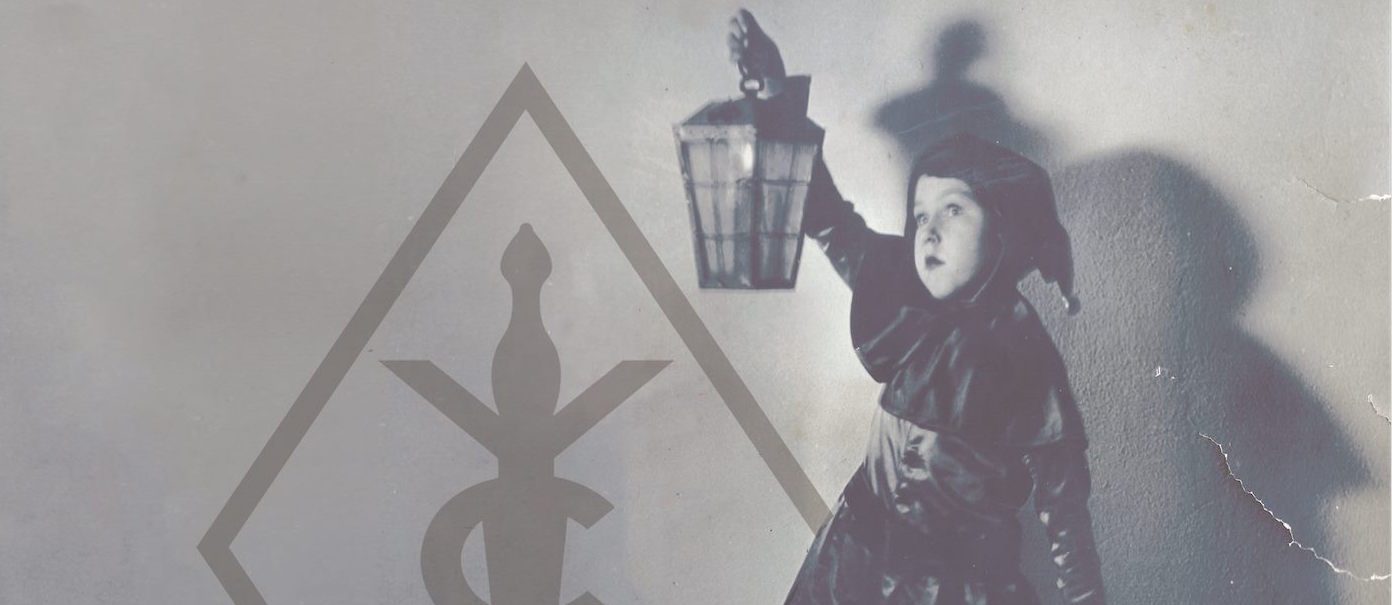



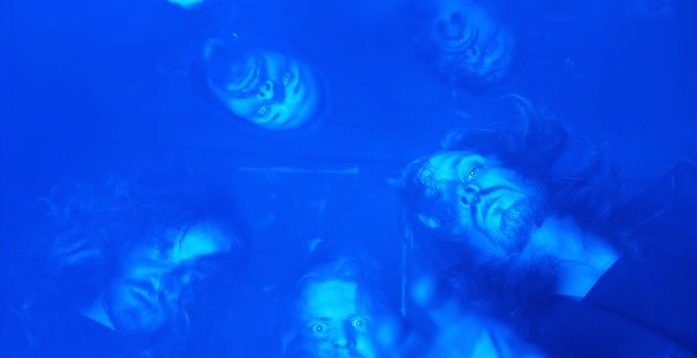
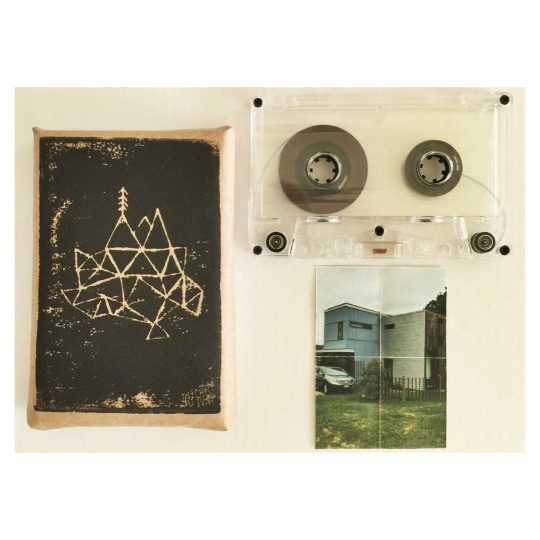
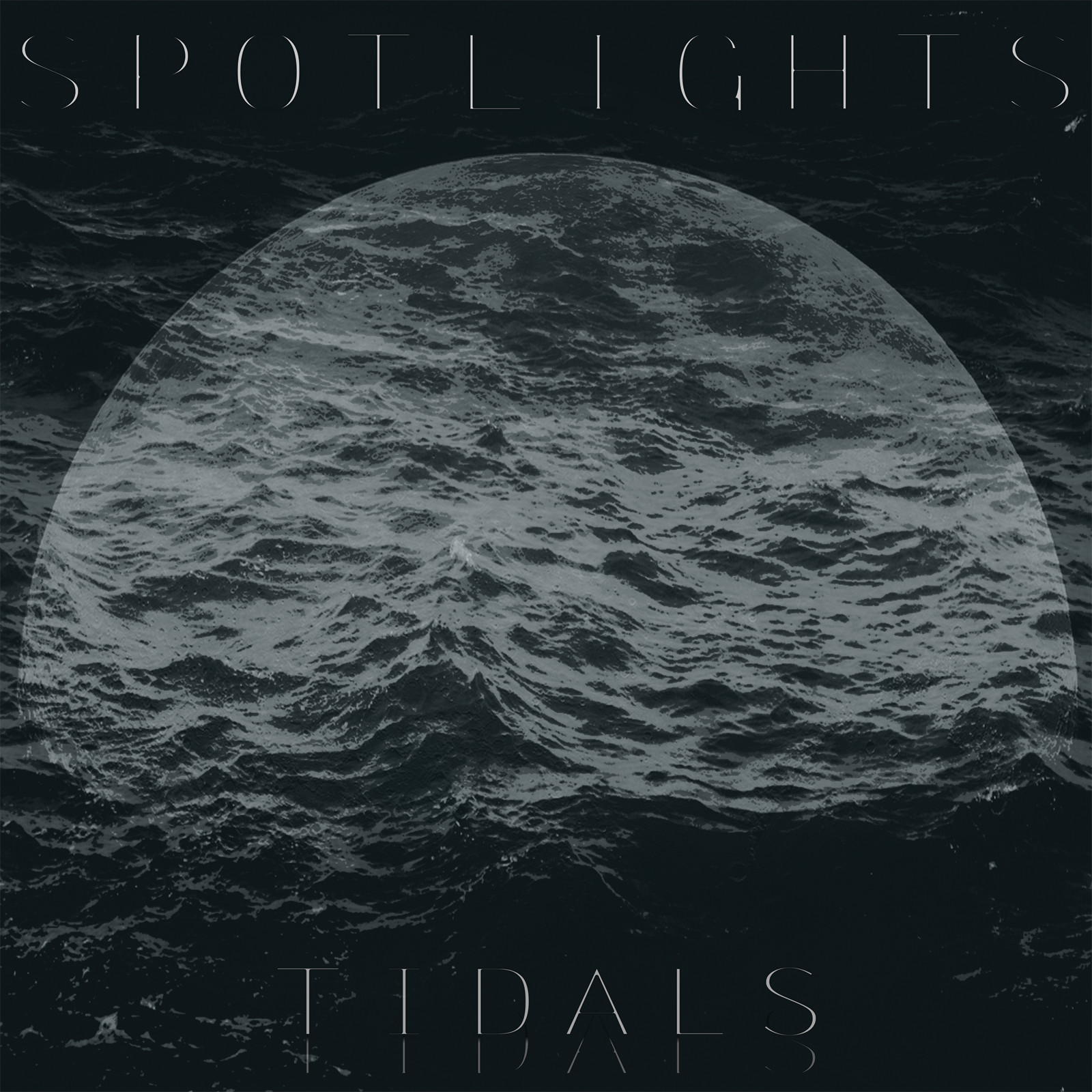
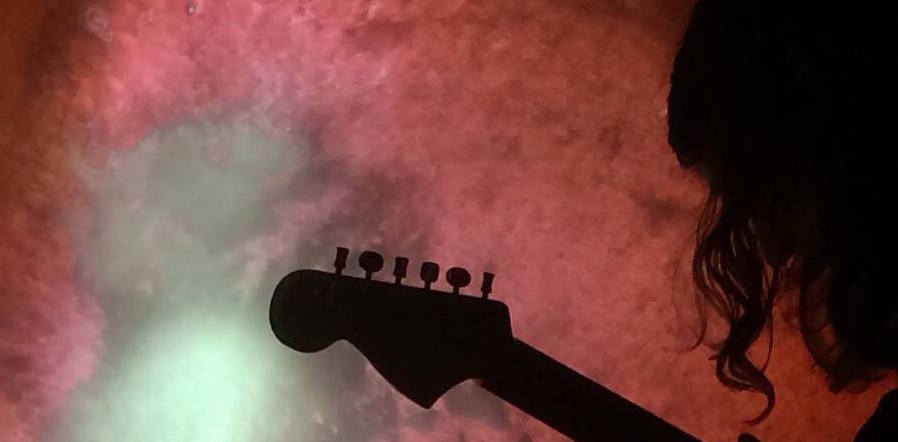

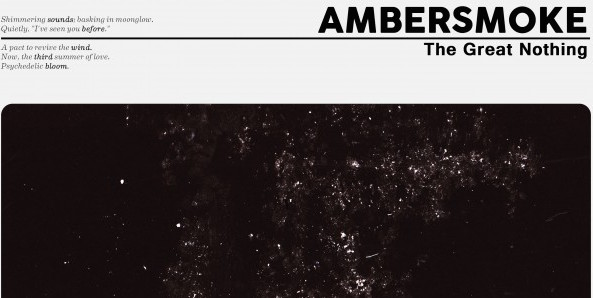



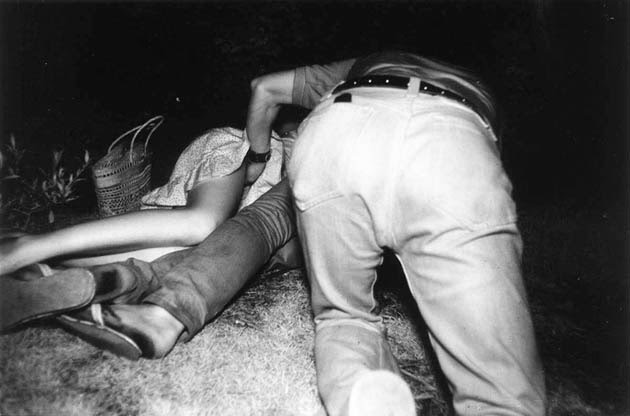


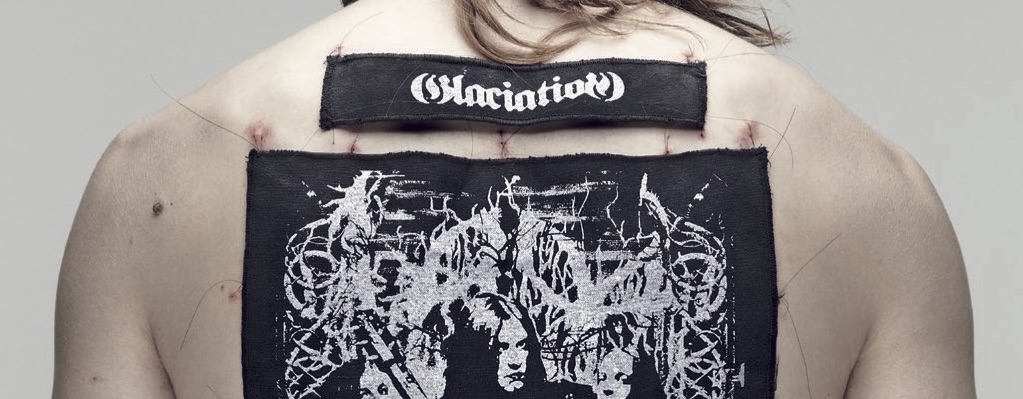

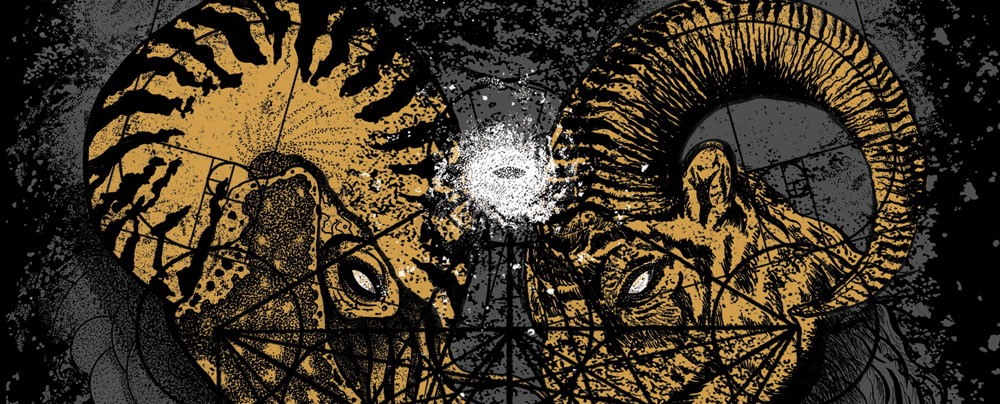

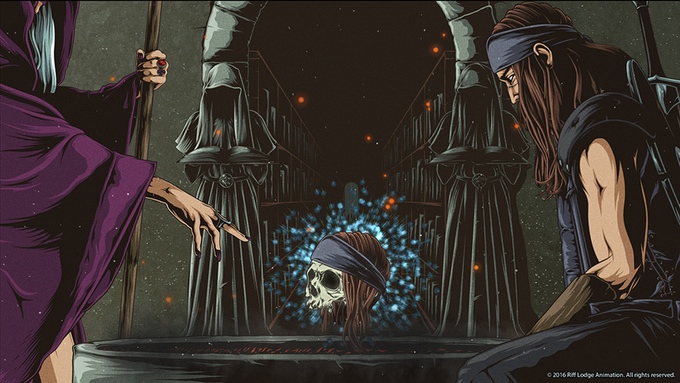
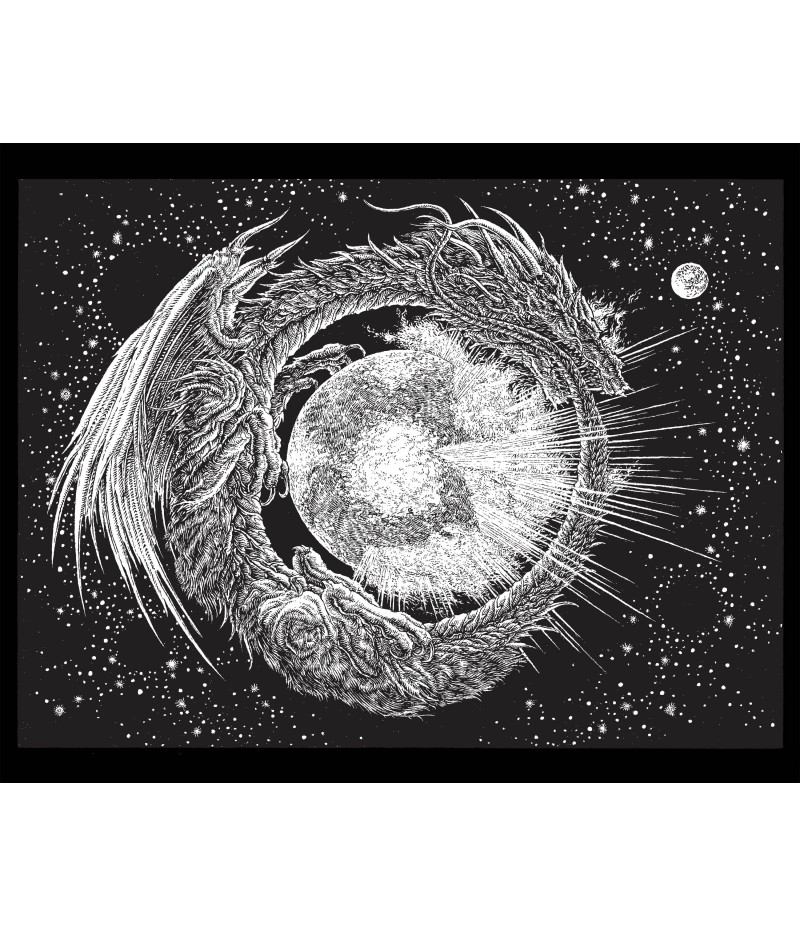


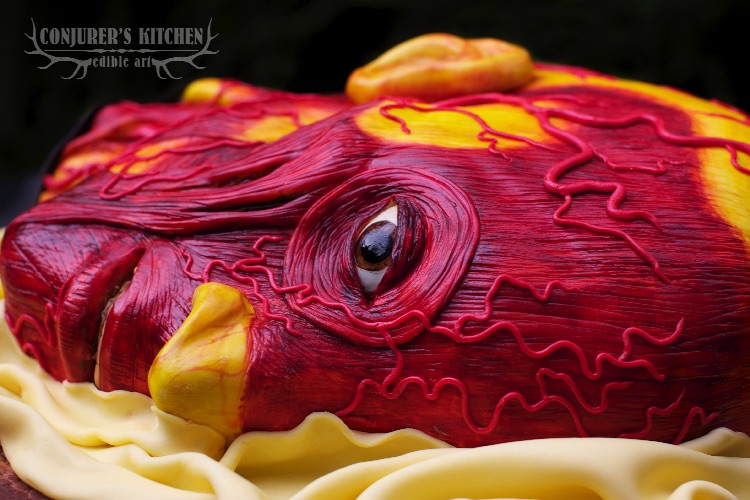


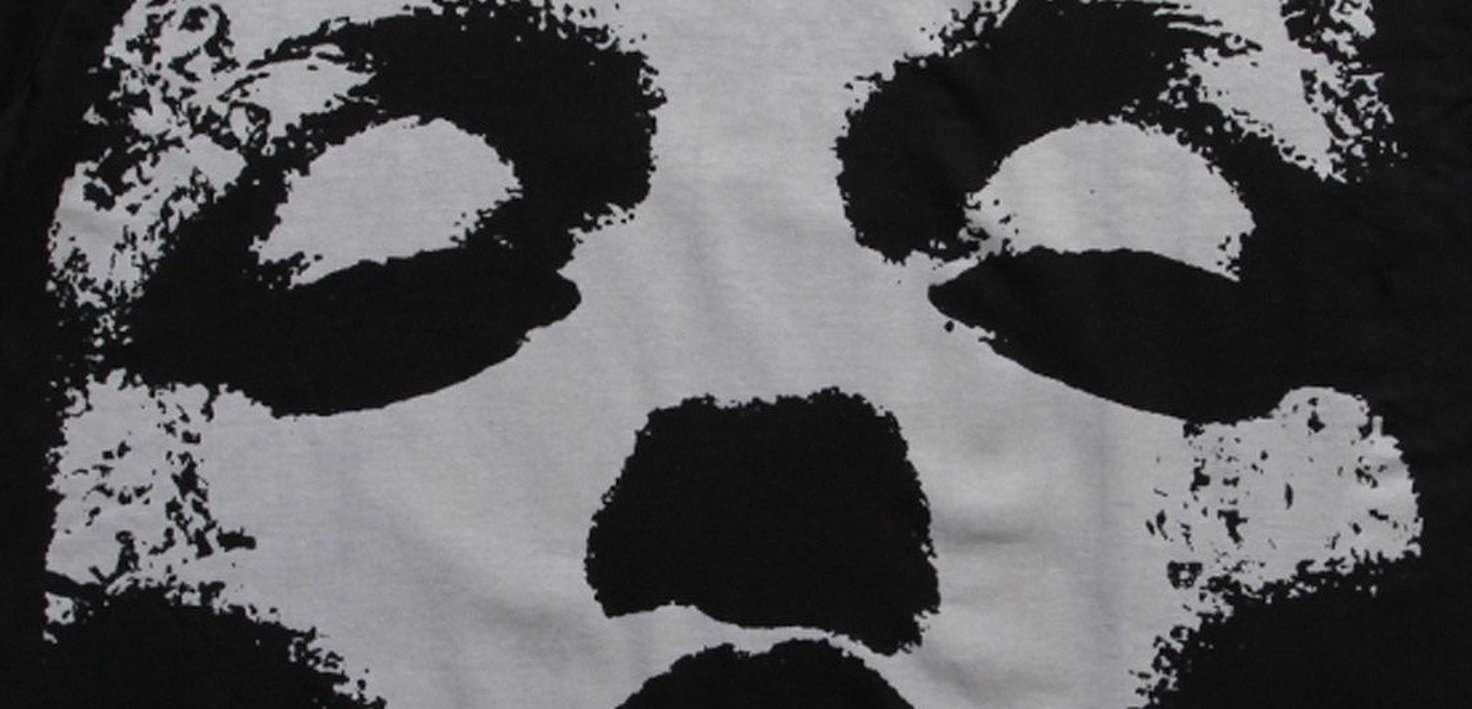
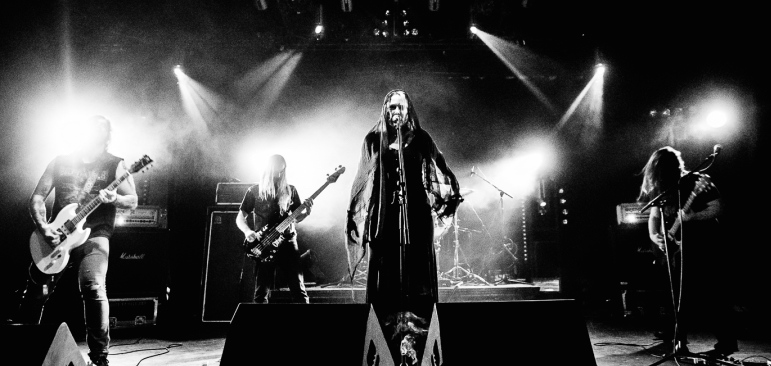

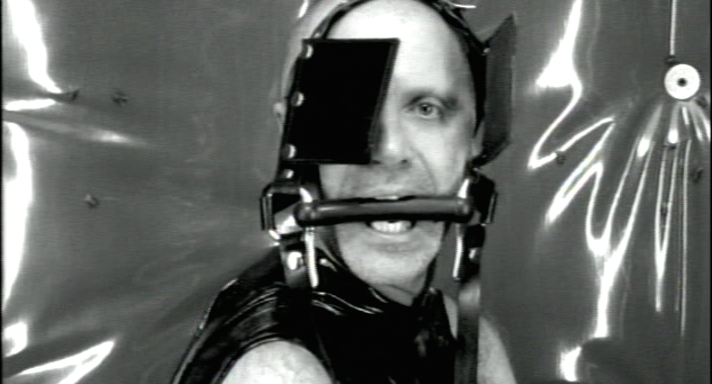

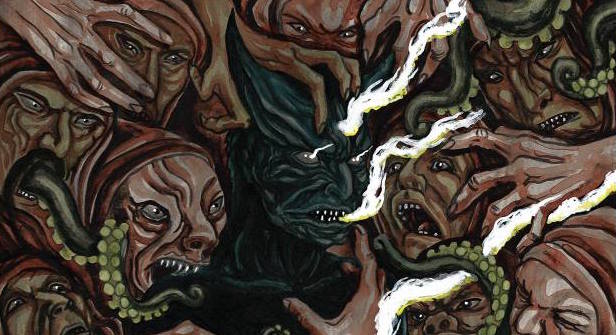




































Amber DeGrace
March 21, 2013 at 4:54 am
Wow! Fascinating, thanks for sharing.